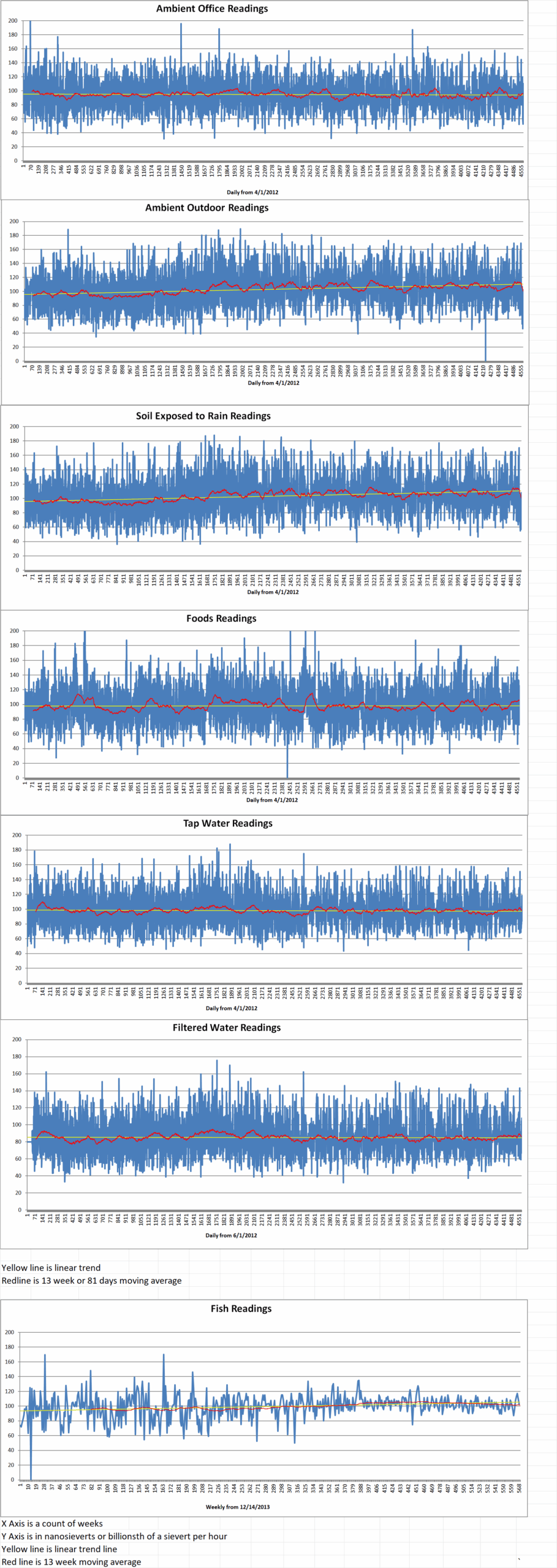Part 6 of 6 Parts
The fact that Helion is trying something new would appear to be an additional reason for skepticism about their timeline, rather than confidence. However, Kirtley’s statement does have the virtue of being true. Helion hasn’t published much about its approach to fusion, but the information it has made public verifies that Helion’s technology isn’t one with a long history of research and tests behind it. The company isn’t using DT fuel, and it claims it doesn’t need a blanket because it’s going to generate electricity directly from the expansion of its plasma. Helion claims that its “system is built to recover all unused and new electromagnetic energy efficiently” from its plasma, rather than going through the intermediate step of capturing neutrons.
Because Helion hasn’t published the details of this system, no experts have been willing to comment on the plausibility of this design. However, given the challenges that more conventional approaches to fusion face, it’s hard to believe that Helion’s technology will succeed on the timeline they’ve claimed. The good news is we won’t have to wait long to find out.
Even with all these difficulties, it’s possible that commercial fusion power will become a reality in the next few decades. The scientific and engineering challenges are significant, but there is little reason to think that they are fundamentally insurmountable. Feasible solutions have been proposed for many of them.
Nearly all those solutions are entirely theoretical, and most would require substantial research effort to construct even as prototypes, much less commercially viable products. Ma says that “If we had enough funding, if the world said—and I’m saying not even just the U.S., the world said—’Oh, this is an existential threat. We need fusion. We need all hands on deck. Let’s go Manhattan Project style or Apollo style, let’s really concentrate on it,’ I do think we could accelerate fusion energy on the grid. But barring that and looking at the history of funding, it will take longer [than 10 years].”.
While we wait for commercial fusion power to arrive, there’s a danger that the hollow promise of near-term fusion will be floated as a panacea, used as an excuse to ignore faster avenues to decarbonization and to use even more energy right now. Altman, who has other nuclear-energy investments beyond Helion, already seems to be doing this. He said in a January interview that ‘quickly permitting fusion reactors’ was the best way to meet climate goals without slowing down the growth of AI companies.
It is possible that Commonwealth or Pacific or another company will demonstrate net power from fusion within the next five or ten years. But that is still a long, long way from having fusion power on the grid at a competitive price any time soon. Until more research is carried out and more science and engineering problems are solved, humanity can’t count on fusion power to show up in time to save us from climate change, even with funding far beyond current levels. It is dangerous to assume otherwise. Loarte said, “Some people want to believe…that fusion is something that can be an energy source that will actually provide a replacement to other sources of energy, like nuclear or thermal power, or coal or gas in the next decade. I don’t think it is realistic.”.
Ma said, “We’re all rooting for each other. I would love for any one of these fusion companies to meet their goal of five years, ten years, whatever…..But that being said, the magnitude of the challenges remaining mean it will still take considerable work, and some time, to solve.”.






